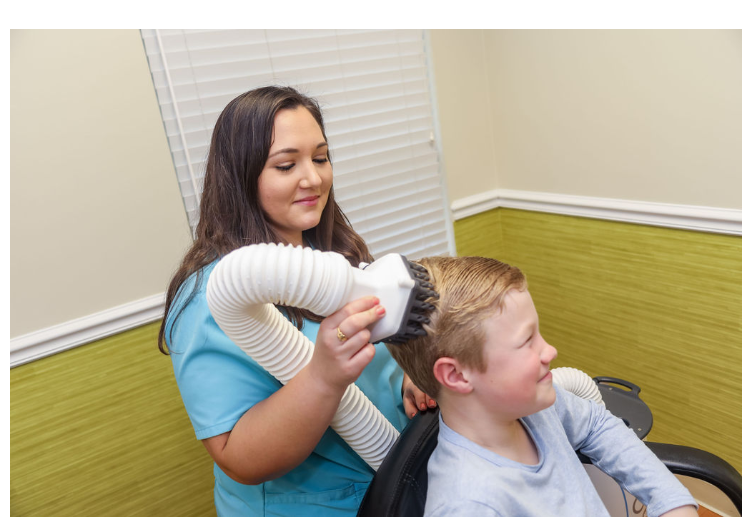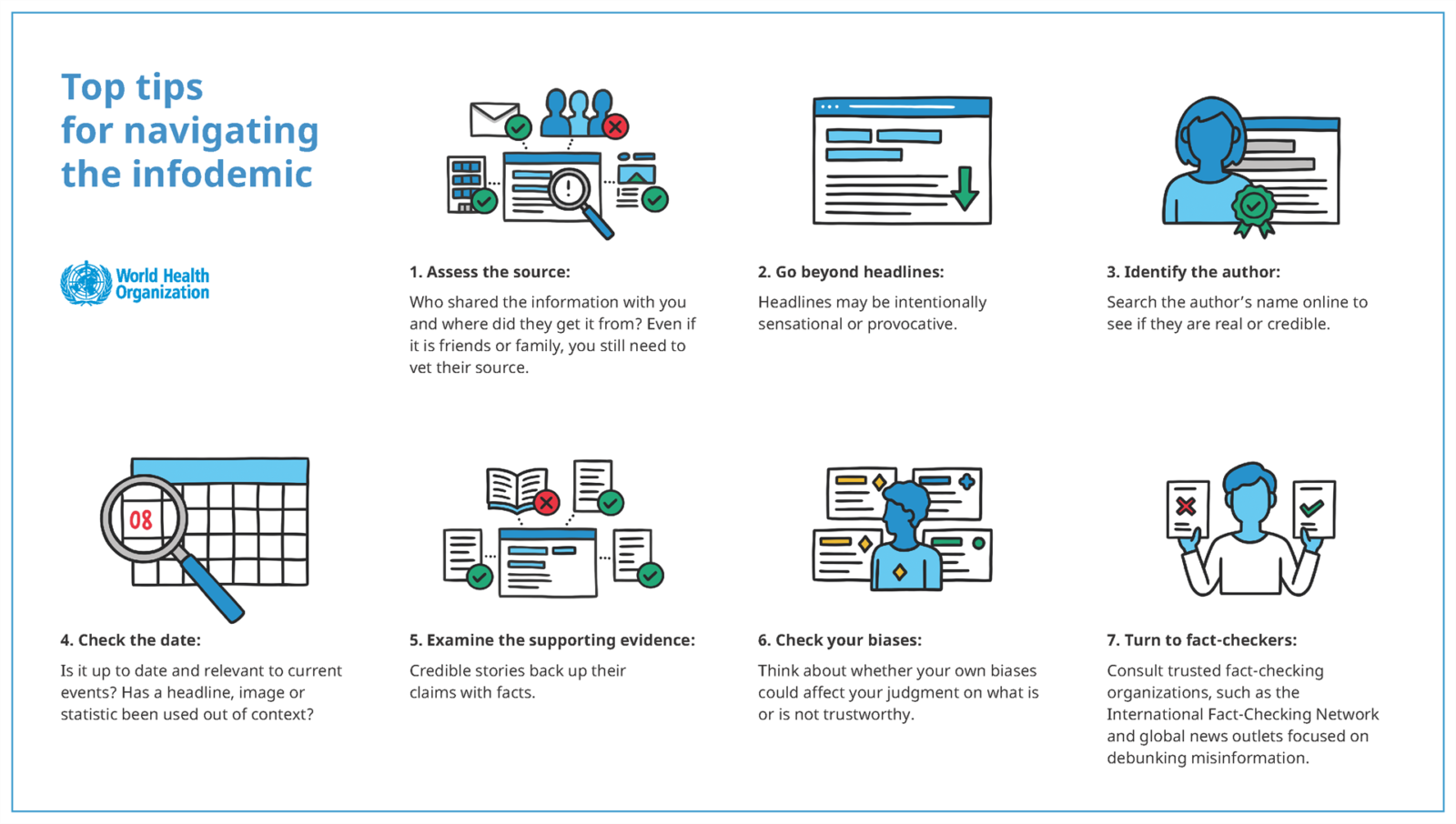Can You Tell the Difference Between Head Lice Facts from Fiction?
Learn How to Identify False or Misleading Information About Head Lice In Age of Misinformation.
As healthcare professionals, it’s distressing to see so much medical misinformation spread online. There’s even a word for it: “Infodemic”. All too often, these falsehoods, frequently invented by individuals with no medical background, can lead to danger and even tragedy. Too many well-meaning parents turn to the internet to find helpful information concerning their child’s health, only to be led astray by individuals or groups that promote unproven remedies that are not based on science. Pediatric Hair Solutions has been battling medical and head lice misinformation for years.
We have personally witnessed how fabricated statements about head lice have resulted in failed treatments that are harmful and dangerous to children. The overwhelming amount of head lice misinformation found online and even in mainstream media has led to confusion for many parents, childcare workers, and sometimes even medical examiners. We aim to address this misinformation and share verified medical facts about head lice, how it can be prevented and how to treat it. We believe wrong information and false beliefs about head lice perpetuate unnecessary shame, fear, anxiety, and can have potentially harmful consequences.
How to Tell if a Story Is False
“It’s on the internet, so it must be true, right?” Wrong. When you come across a news story or suggested medical treatment, it’s important to get it verified before you share it. There are many credible resources available to help you recognize false content online. Sometimes you can also spot fake news by identifying who runs the website. Credible agencies make it easy to learn who is responsible for the site and its information. Look for a link to information about the site, often called “About Us” or “About This Site.”
If you can’t easily identify who is responsible for the content in the news story or website, that should be a red flag. Read more at How To Evaluate Health Information on the Internet: Questions and Answers.
You can also check with a certified medical professional that you trust, like your child’s pediatrician or primary care doctor. If you come across a story or home-remedy treatment for head lice that you are unsure of, you can always check with us! Our experts are here to answer your questions about head lice and head lice misinformation at gotheadlice.com.
Here are some facts that might help when weeding through head lice misinformation:
FACT: Head Lice Are Spread Through Direct, Head-to-Head Contact.
Head lice do not jump, walk, or fly to your child’s head. It can only be spread through head-to-head contact and/or sharing items like hats, hair accessories, headphones, etc. It’s common for head-to-head contact to occur on the bus, playground, classroom, playing school sports, club activities, sleepovers and everywhere in between.
FACT: Head Lice Are Non Life Threatening Do Not Carry Disease.
Head lice are a nuisance, but are not dangerous. They do not carry any type of disease.
FACT: Most Over-the-Counter (OTC) Products & Home Remedies Don’t Eradicate Lice.
Over-the-counter and prescription head lice treatments only treat adult lice, not the eggs. Every egg must be manually combed out, or they will hatch and the infestation will continue. In addition, lice have mutated to become resistant to the most commonly used over the counter and prescription products. The effectiveness rate can be as low as 20%. If your child recently had lice and you’ve been treating it with over-the-counter products, chances are they still have lice and should be checked. Super lice are resistant to most chemical treatments and at-home remedies.
FACT: If Left Unchecked, Head Lice Will Likely Spread to Others.
Head lice is transmissible and should be treated quickly to prevent it from spreading to others. It’s recommended all members of a household be checked. Anyone who is positive should also notify those they’ve been in contact with. If your child has head lice, it’s important to notify his/her circle of friends, family, and classmates, so they can be screened and treated. If you are uncomfortable, Pediatric Hair Solutions anonymously notify anyone in your close circle of friends or family that they have been exposed to an active case of head lice through our Anonymous Lice Alerts button on our website.
FACT: Having Head Lice is Common and Nothing to Be Ashamed Of.
Head lice can happen to anyone at any time, and are common with children, especially as they return to school and socialize with other children. One of the common pieces of head lice misinformation is that it only happens to people with poor hygiene, but this is simply not true! Many families come to our clinic in a state of panic or with a cloud of shame and embarrassment over their heads, but we always assure them there is nothing to be embarrassed about!
Would you be ashamed if someone in your family caught a common cold? Of course not! Unfortunately, there is still a stigma that many people place on those who have had head lice, even though we are all equally susceptible. Additionally, there is the chance of getting head lice again when it’s back-to-school time. These can both be scary for any child, but they don’t have to be.
FACT: Washing Your Hair Repeatedly Will Not Kill Head Lice.
Lice are non-discriminatory when it comes to hair cleanliness, but washing your hair repeatedly to get rid of the lice will not work. They can withstand being submerged in water for hours and have a strong hold on the hair follicle.
FACT: You Do Not Have to Clean Your Whole House Top to Bottom.
If a member of your family has head lice, there’s no need to panic or frantically clean your home from top to bottom. Lice can only live removed from the human head for 48 hours or less, so only the items that have come into contact with persons’ heads will need to be cleaned. Items to clean include the infected person’s bedding, hair brushes/combs, stuffed animals on the bed, and any hats, scarves or helmets worn recently.
FACT: Pets Do Not Carry or Spread Head Lice.
Have no fear, your pets DO NOT carry head lice. Head lice are a human parasite and only survives on human blood. Dogs and cats can only get fleas.
FACT: Head Lice Can Occur in Long Hair AND Short Hair Styles.
This is a widespread myth associated with head lice. We’ve seen parents who have gone as far as shaving their child’s head to fight a lice outbreak. But these sneaky parasites can live on hair as short as 0.1 inches! There are hair styles children can wear to prevent head lice from spreading. You can find some of them here.
For more information on how to prevent and treat head lice, visit our FAQ page and Lice Facts page.
About Us: Pediatric Hair Solutions provides the safest and most effective treatment for head lice removal on the market today, delivered by medically trained professionals. Our non-toxic treatment solution kills all live bugs, and our heated air device dehydrates all nits. You’ll leave our treatment center lice-free, with any head lice misinformation or questions you may have answered. For more information, visit gotheadlice.com.

Locations
CHARLOTTE, NC ● CARY, NC ● WINSTON-SALEM, NC ● COLUMBIA, SC GREENVILLE, SC ● LAKE NORMAN, NC



Recent Comments